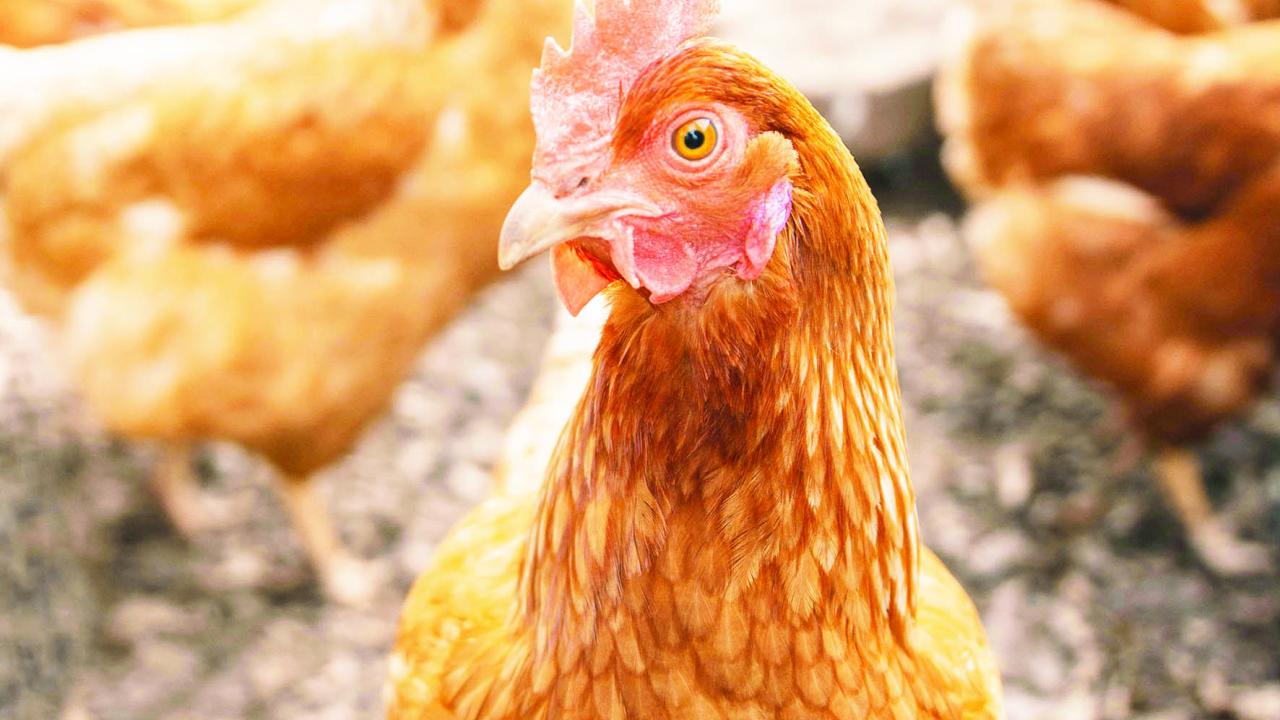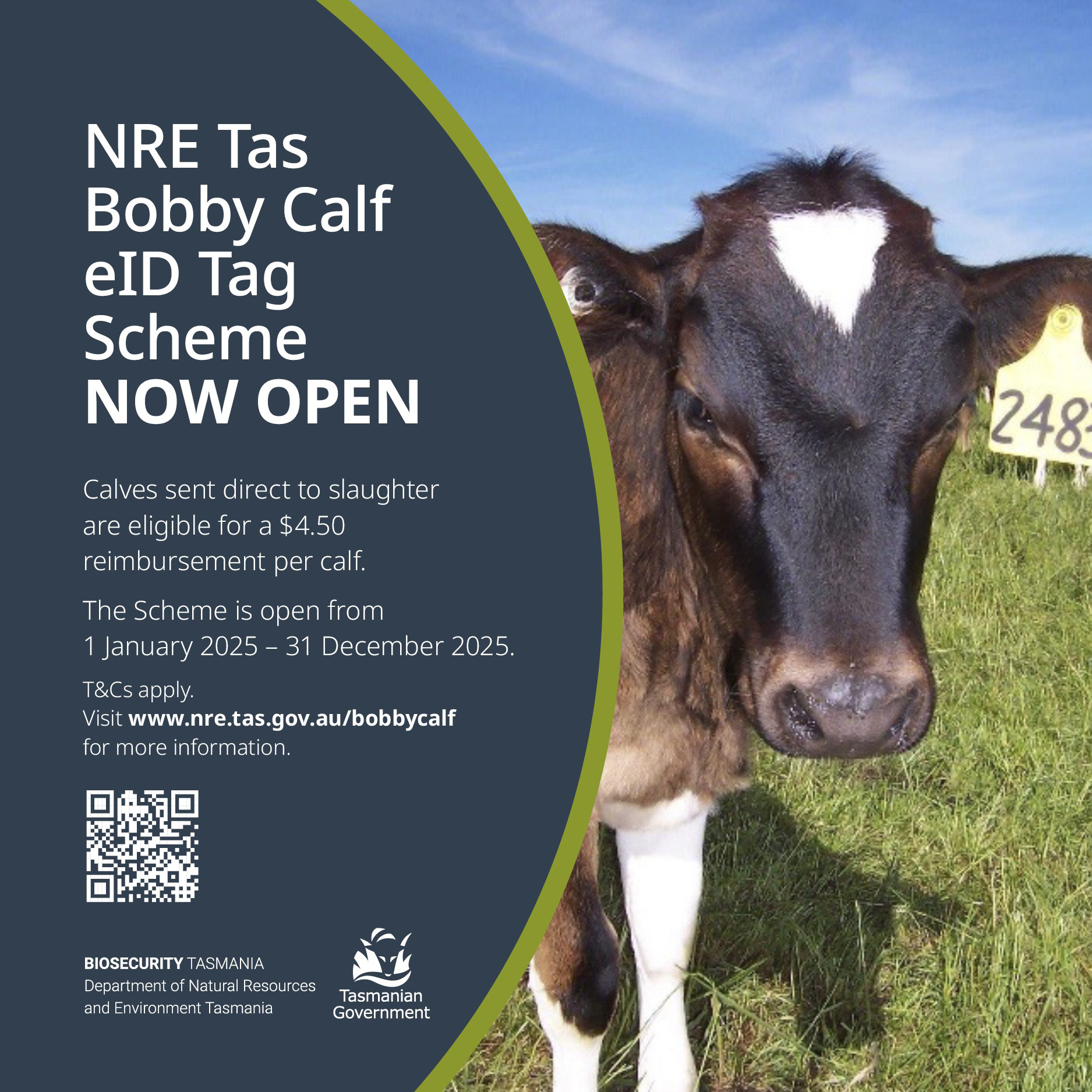Avian influenza vigilance call

We have a robust and effective biosecurity system to keep out unwanted pests and diseases, and many in our community are passionate about keeping Tasmanians, our economy and our environment not only safe but thriving.
With an increased risk of avian influenza (also known as bird flu) being detected in Tasmania, the eyes and ears of Tasmanians will be critical to helping authorities know when the disease arrives.
Avian influenza is a contagious, viral disease affecting many birds and some other animal species, including marine mammals, and occasionally humans. There are many strains of the virus, but a high pathogenicity avian influenza strain known as H5N1 clade 2.3.4.4b has caused widespread disease and death in birds and other animals around the world.
This particular H5N1 strain hasn’t been detected in Tasmania, or Australia, but an outbreak of different strains has occurred in poultry farms in Victoria and now New South Wales, in recent weeks. It’s a reminder that we all have a duty to stay vigilant and report anything unusual - it could be disease.
The Department of Natural Resources and Environment Tasmania (NRE Tas) is working closely with other Australian jurisdictions to monitor for the presence of high pathogenicity avian influenza and is well prepared to respond. However, it is not possible to control avian influenza in wild bird populations.
Globally, the high pathogenicity H5N1 avian influenza has affected many species, including marine mammals such as seals, and now dairy cattle in the US.
Based on what has occurred worldwide, Tasmanians should expect high pathogenicity avian influenza will arrive here one day most likely via wild birds.
When it does, it has the potential to cause large numbers of bird and mammal deaths and affect the poultry and other industries. Activities like wildlife rescue and hunting may need to pause to prevent disease spread, and in large outbreaks, there could be dead animals visible in the community.
Avian influenza can spread quickly by bird-to-bird contact, as well as through contact with contaminated material such as drinking water and food, manure, farming materials and equipment.
If you own birds, some simple hygiene practices will help you protect your flock. Make sure wild birds cannot access the same food and water supply as your birds, don’t use water from sources wild birds also use, and keep your infrastructure and equipment clean. Wash your hands after handling birds, uncooked poultry products such as eggs and meat, and equipment.
Clinical signs of avian influenza in live birds include breathing problems like coughing or sneezing, circling, tremors and incoordination, twisted neck, inability to stand or fly, swelling in the head neck and eyes and change of colour or cloudiness in the eyes.
Signs in live mammals include tremors and incoordination, seizures, breathing problems, and runny nose and drooling.
Avian influenza in animals can look like other disease but stay vigilant - if you notice unusual symptoms or suspect disease, immediately phone your vet or the national emergency animal disease hotline 1800 675 888.
If an outbreak occurs, the nationally agreed Animal Health Australia AUSVETPLAN response strategy for avian influenza will guide Tasmania’s response actions.
In the meantime, NRE Tas continues to work with relevant industries, vets, the wildlife rescue and rehabilitation sector, other government agencies and the community to help everyone understand the risks, impacts, and how we can all play a part in protecting our island state.
More information https://www.nre.tas.gov.au/ai or for human health information www.health.tas.gov




Add new comment